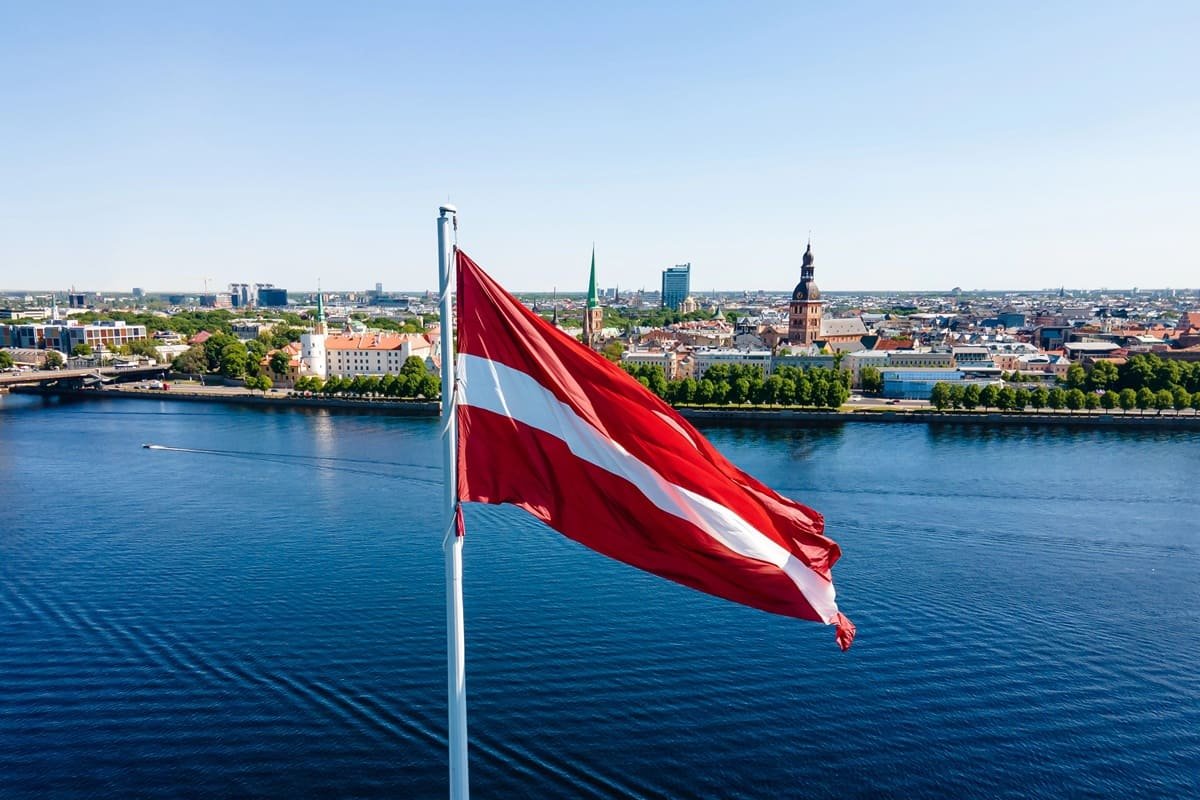Initially planned for the long term, electronic travel authorization for Japan may see the light of day sooner than expected. Prime Minister Shigeru Ishiba has announced his intention to accelerate the implementation of the Japanese version of ESTA, in order to better control the arrival of travelers. This is a key measure as the country targets a record influx of tourists by 2030.
Japan is accelerating its transformation into a tourism powerhouse while seeking to better manage the growing influx of visitors.
At the 26th meeting of the Ministerial Council on the Promotion of Japan as a Tourism-Oriented Country, Prime Minister Shigeru Ishiba announced several strategic measures. These included infrastructure development, the modernization of regional gateways and, above all, the accelerated introduction of the “JESTA” electronic travel authorization, a Japanese version of the American ESTA.
I expect you to do your utmost to increase the appeal of regional tourism, develop an environment for accepting tourists including aviation networks and secondary transportation, and move up the timing of the introduction of the Japanese version of ESTA (Electronic System for Travel Authorization).
Shigeru Ishiba – Prime Minister of Japan | March 18, 2025
This announcement comes at a time when the country is also facing the challenge of overtourism, particularly on iconic sites such as Mount Fuji.
Electronic travel authorization to control the influx of tourists to Japan
Long considered a remote and exclusive destination, Japan’s popularity has exploded in recent years. In 2023, the country welcomed over 25 million foreign visitors, and nearly 37 million international travelers in 2024. The Land of the Rising Sun is aiming to achieve the ambitious target of 60 million foreign visitors by 2030, generating an estimated 15,000 billion yen in tourism spending.
Faced with this dynamic, the government is looking to better control the flow of visitors by introducing an electronic travel authorization system, inspired by the American ESTA and the UK’s recent ETA.
Currently, nationals of the following 71 countries can stay in Japan for up to 90 days without a visa (with some exceptions):
- Andorra, Argentina, Australia, Austria, Bahamas, Barbados, Belgium, Brazil, Brunei (30 days), Bulgaria, Canada, Chile, Costa Rica, Croatia, Cyprus, Czech Republic, Denmark, Dominican Republic, El Salvador, Estonia, Finland, France, Germany, Greece, Guatemala, Honduras, Hong Kong, Hungary, Iceland, Indonesia (15 days), Ireland, Israel, Italy, Latvia, Lesotho, Liechtenstein, Lithuania, Luxembourg, Macau, Malaysia, Malta, Mauritius, Mexico, Monaco, Netherlands, New Zealand, North Macedonia, Norway, Panama, Poland, Portugal, Qatar (30 days), Romania, Saint Marin, Serbia, Singapore, Slovakia, Slovenia, South Korea, Spain, Suriname, Sweden, Switzerland, Taiwan, Thailand (15 days), Tunisia, Turkey, United Arab Emirates (30 days), United Kingdom, United States and Uruguay.
But under the new system, these travelers will have to complete an ETA application online before departure, enabling the Japanese authorities to check their information in advance.
The aim is twofold: to streamline immigration procedures while reinforcing border security. This digital process aims to avoid interminable queues on arrival and better anticipate tourist flows.
Overtourism: the need to adapt emblematic sites
While the boom in tourism is an economic boon, it also poses major challenges, particularly in terms of crowd management and environmental preservation.
Mount Fuji, the symbol of Japan and a UNESCO World Heritage site, is one of the areas most affected by overcrowding. Every summer, thousands of hikers flock to its slopes, creating considerable pressure on infrastructure and the ecosystem.
Faced with this situation, the authorities have decided to double the price of the climbing fee, from 2,000 to 4,000 yen (approx. 24 € / 27 US$), to use the Yoshida trail, leading to the summit of Mount Fuji, from July to September. This measure replaces the voluntary contribution introduced in recent years to finance trail maintenance, garbage collection and visitor quotas to prevent overcrowding. All trails could soon be covered by this tax.
Other emblematic cities, such as Kyoto, are also considering solutions to better manage the influx of tourists. Japan’s cultural capital is considering raising the tourist tax applied to visitors, in order to finance the preservation of its heritage and limit the impact of mass tourism.
Balancing attractiveness and preservation
“It is essential that regional areas can enjoy the benefit of attracting inbound tourists. As such, I request that you work to advance the smart tourism industry that creates high added value and generate profits, while implementing measures to prevent and curb overtourism, including the horizontal expansion of successful case studies,” said the Japanese Prime Minister.
Japan is at a strategic turning point in its tourism management. On the one hand, the country wants to facilitate the arrival of foreign travellers through modernized procedures such as electronic travel authorization and e-Visa. On the other, it is becoming aware of the need to regulate certain flows in order to preserve its most fragile sites.
These new measures, which combine technology and regulation, testify to a desire to develop more sustainable tourism, guaranteeing a better visitor experience while preserving Japan’s natural and cultural heritage. An approach that could inspire other destinations facing similar challenges.






